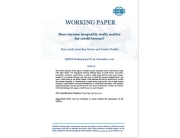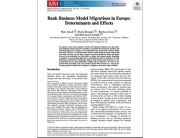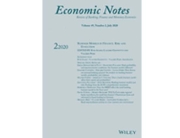This paper analyses the effect of macroeconomic policies on employment. It contributes to the literature in three ways. First, we examine the effect of macroeconomic policies on employment. To do so, we rely on policy tools, rather than policy outcomes, since the former are less endogenous. In other words, we rely on tariffs to measure trade policy (instead of exports and imports), tax rates to measure fiscal policy (instead of government spending) and lending rate (instead of inflation rate) to measure monetary policy. Second, we distinguish between stabilisation policies and structural characteristics. Whilst the aforementioned policies measure the former, we measure the latter by the quality of economic institutions (time to enforce contracts), human capital (spending on tertiary education) and economic diversification (share of fuel exports). Third, we distinguish between the trend and the cyclical components of employment, to show to what extent policy tools have a stabilisation effect (on the cyclical component) or a better allocation effect (on the trend component).




